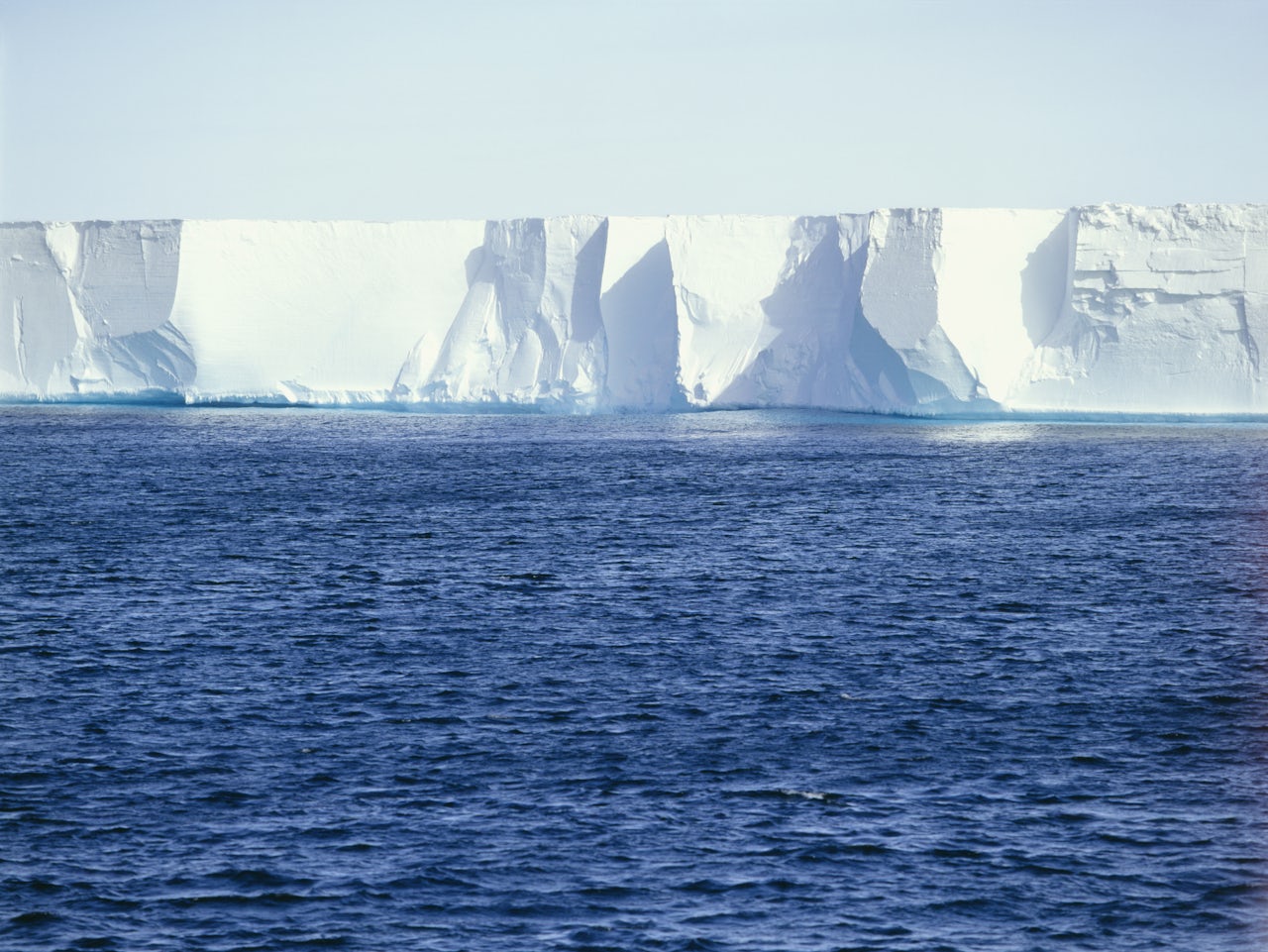The urgency of climate change is hard to grasp because everything is happening so slowly and incrementally. But the individual events are continuing to add up, and even a couple big pieces of ice melting can have a significant effect on the whole planet. Take Antarctica’s ice shelves, specifically Larsen C and George VI. There are a hell of a lot of ice shelves out there in our ever-warming Earth, and — surprise surprise — they’re basically all melting.
Though Larsen C and George VI are puny in comparison to some of the more high profile shelves to collapse, they’re going to have a considerable impact on the world at large, raising the seal level one inch once they are melted, according to a study published on Thursday in the journal The Cryosphere. And though it may seem small, it’s not when you consider that this one inch is being added to our global sea levels.
“These numbers, while not enormous in themselves, are only one part of a larger sea-level budget including loss from other glaciers around the world and from the Greenland, East and West Antarctic ice sheets. Taken together with these other sources, the impacts could be significant to island nations and coastal populations,” said University of Birmingham glaciologist and study author, Nicholas Barrand, in a statement. "The Antarctic Peninsula may be seen as a bellwether for changes in the much larger East and West Antarctic ice sheets as climate warming extends south.”
“The vulnerability to change at George VI Ice Shelf and the possible sea level implications from these changes, are far greater," said study contributor Clemens Schannwell, who was part of both the University of Birmingham and the British Antarctic Survey at the time. Though George VI is only half the size of Larsen C, the study found that it is posed to contribute three to five times more to global sea-level rise, as it currently serves as the primary boundary between a number of large glaciers and the open sea. Without George VI, the ice contained within these glaciers would add 8 mm to global sea levels before 2100 and 22 mm by 2300.
“Prior to our work, we didn’t know what would happen to the upstream ice in the Antarctic Peninsula if these shelves were to be lost,” said Schannwell. “This could have important implications for the local environment and for global sea levels, information that is essential for climate-change mitigation planning and policy.”
